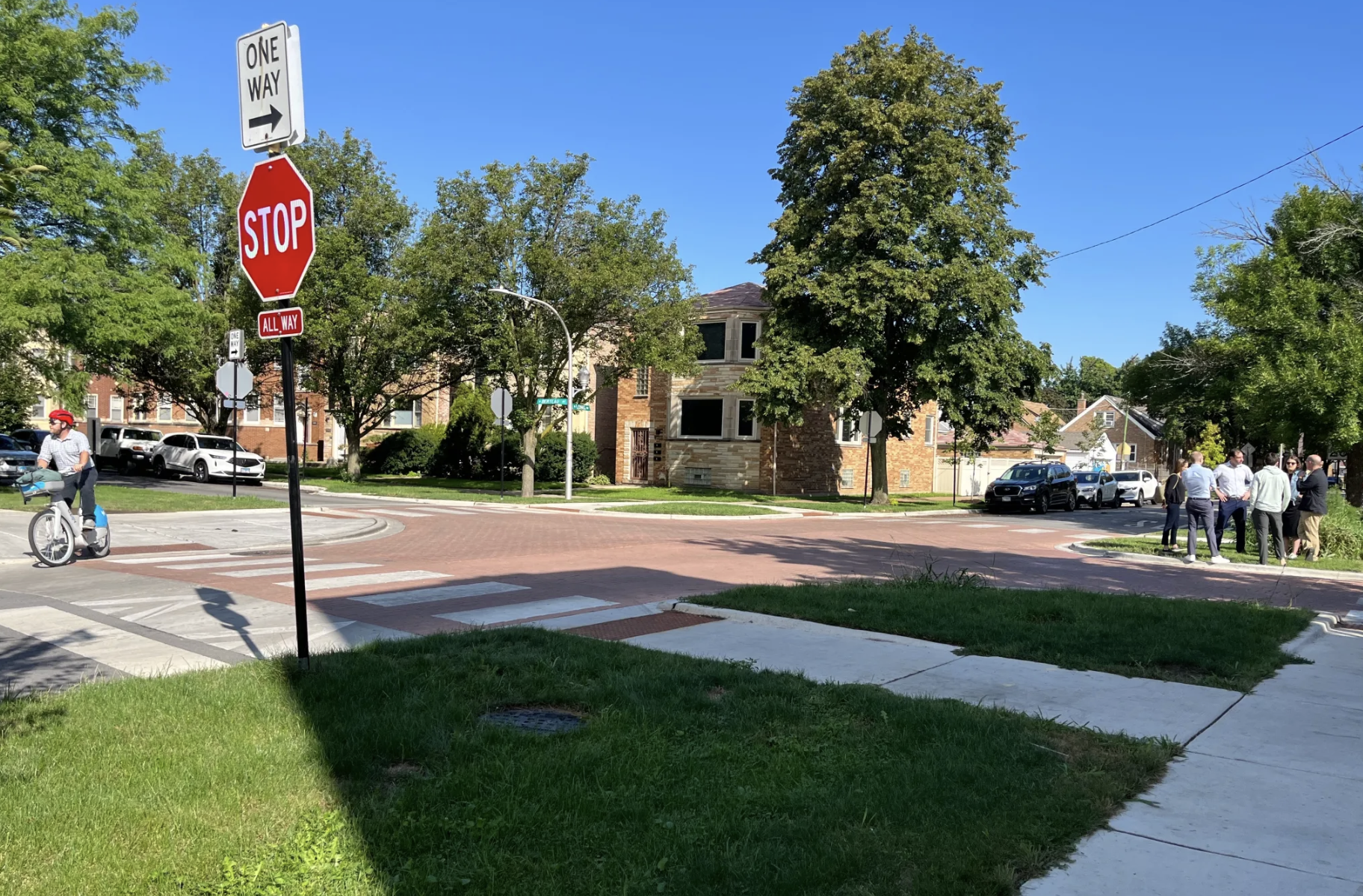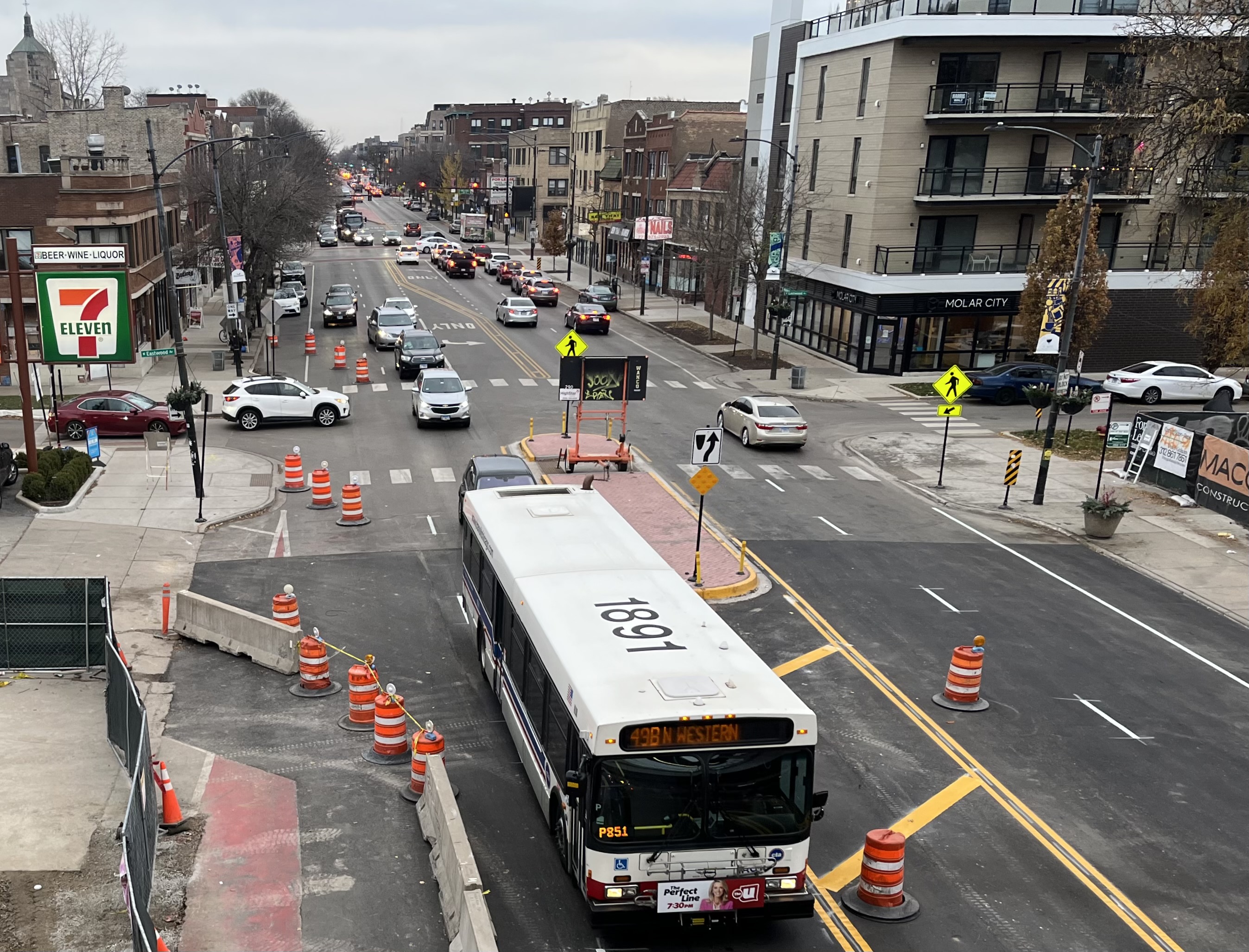Transportation planners in Austin are in the beginning stages of a pattern just about every community in the U.S. is familiar with.

The Central Texas Regional Mobility Authority (CTRMA) says traffic on a local highway -- South MoPac -- is going to grow a lot. And if Austin doesn't spend $400 million building new managed lanes, they say, the result will be gridlock.
But Network blog Car-Free Austin says in the past, similar doomsday traffic projections haven't come to pass. When Austin Public Works wanted to expand the Lamar Bridge in the 1990s, the justification was an impending 28 percent increase in traffic. But the project was rejected, and since then traffic on the bridges has actually declined 27 percent.
If the bridge had been widened, though, the traffic forecast might have been accurate, Car-Free Austin explains:
1. If you build it, they will come.
Because of a well-established phenomenon known as induced demand, every new lane that gets built will fill up within 5-10 years and congestion will return to its bumper-to-bumper equilibrium.
2. There’s no end to the cycle.
Once traffic fills up those extra lanes, the highway industry will be back to advocate for the next round of expansion. When they’re done, congestion will be even worse. One recent example, the Katy Freeway in West Houston, was expanded from 8 to 23 lanes in 2010. $2.8 billion later, traffic is actually slower than before the expansion due to all the private development that the expansion encouraged.
3. Other cities have had enough.
There are plenty of cities across the globe working to lessen their dependence on the car, but you don’t have to look to walkable meccas like Vancouver or London. Los Angeles recently announced a sweeping new plan that will shift the focus of transportation planning away from cars and traffic to other modes of travel. No city has fought harder than L.A. to make the car culture work; it might be prudent to pay attention when La La Land decides to throw in the towel.
Let’s take a step back to appreciate that regional planning isn’t all about responding to the crushing needs of an inevitable future. Planning is about helping to shape the future by carefully considering our actions today. When a governing body or authority claims that we must double the size of a highway in order to accommodate many more cars, it’s not just making a prediction, it is setting a goal. It’s up to the community to decide if those plans accurately reflect its values and aspirations.
Elsewhere on the Streetsblog Network today: Greater City Providence says that if a business can plow an enormous parking lot, it can certainly manage the less formidable task of clearing its sidewalks. The Wash Cycle reports that commuter tax benefit parity for cyclists is back on the agenda in Washington. And a Streets.mn contributor explains how better signal timing changed her commute and life for the better.





